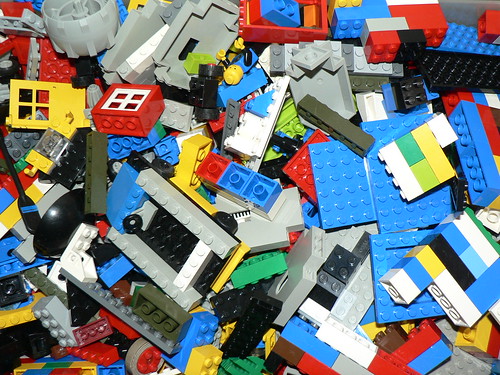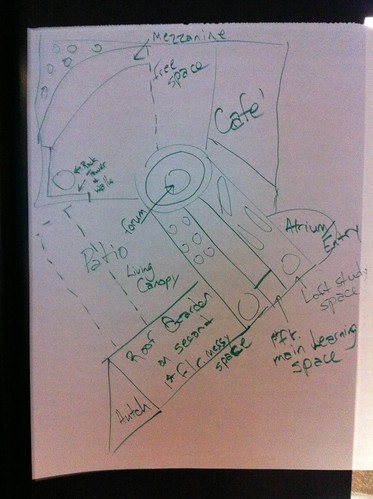 My best moment from this week happened this morning. I was in one of our district’s kindergarten classrooms as the school day began. As the students entered the room, they were greeted by their teacher, but something was different from every other classroom entrance routine I’ve seen this year. The students entered, put up their things in the cubbies and then made choices as to what they were going to do to start the learning for the day. They were all over the classroom, all practicing their reading, all talking. It was beautiful. And, as much as that was lovely, it wasn’t the best moment.
My best moment from this week happened this morning. I was in one of our district’s kindergarten classrooms as the school day began. As the students entered the room, they were greeted by their teacher, but something was different from every other classroom entrance routine I’ve seen this year. The students entered, put up their things in the cubbies and then made choices as to what they were going to do to start the learning for the day. They were all over the classroom, all practicing their reading, all talking. It was beautiful. And, as much as that was lovely, it wasn’t the best moment.
The best moment was when the teacher picked the popsicle stick from her cup to announce the day’s line leader. For the uninitiated (or those who have forgotten), line leader is a pretty big deal in elementary school. If you’ve got a lifelong thirst for power, it probably started with your first term as line leader.
Whereas every other teacher I’ve ever seen select the day’s line leader has simply picked a name, said the name, and moved on, this teacher did so much more.
“The name I’ve picked has one syllable,” she announced. The students, at this point assembled on the carpet, hushed for a moment as they thought. Then, without prompting, one student popped to his feet. Then a girl joined him. Finally, another boy stood. I realized, these were the three students in the room with single-syllable names.
Okay. That would be enough. She wasn’t done.
The teacher asked the class if the students were correct. As a class, they practiced saying each student’s name, checking to see if it was, in fact, a single syllable. Each was.
The teacher then asked the students to look at the alphabet on the back wall with each student’s name listed below its first initial. She went through each of the three students, asking the class, what letter their names were under. The class answered.
“Okay,” the teacher said, “this name has three letters.”
After a second or two, several students started voicing their guesses. They were correct.
She wasn’t done. One of the standing student’s names had 5 letters. “How many letters does her name have,” the teacher asked the class.
“Five!”
“Correct. Is that more or less than three?”
A longer pause, “MORE!”
She did the same thing with the third student, asking if his name of four letters was more or less than a name of three. The students all knew and each answer was a celebration.
The entire thing was a celebration, and it only took three minutes. In those three minutes, this teacher was able to ask her students to practice at least five different skills of varying difficulties, but all essential to kindergarten learning. She didn’t say, “Let’s practice syllabication,” or “Now we’re going to think about numbers.” She just gave them small, contextualized opportunities to put into practice the skills they’d learned together earlier in the year.
This otherwise perfunctory task was seen as an opportunity for learning. It was a master stroke by a professional focused on squeezing the fun and the learning out of each moment.



 lumnist Rob Walker
lumnist Rob Walker